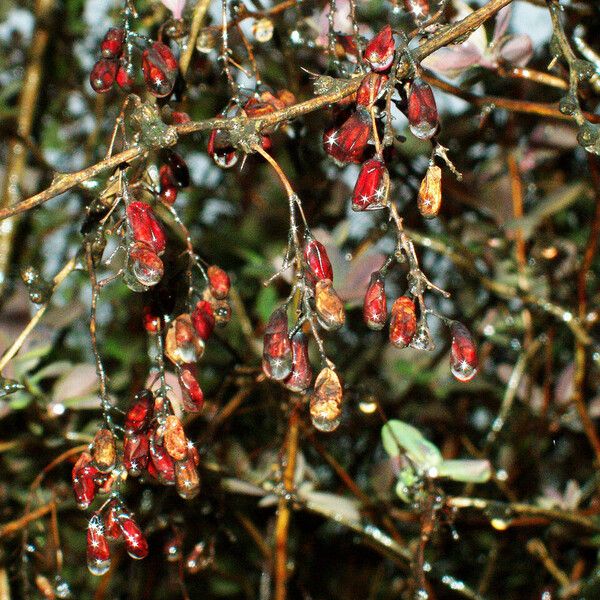Observation
Flora
Family
Determination
Proposed determination
Most probable name (Submitted name)
100%Confidence score
Suggest another determination
You don’t agree with the suggested species but don’t have another suggestion
Comments
Additional data
Date created
14 Dec 2021
Last revised
9 Oct 2023
Łódź, Park Źródliska
Native to Europe and British Isles, naturalized in North America.
Ornamental plant.
Bees feeding plant.
Edible plant - fruits raw or cooked; young leaves used as a flavouring or as an acid nibble; the dried young leaves and shoot tips make a refreshing tea.
Herbal plant - the bark and root bark are antiseptic, astringent, cholagogue, hepatic, purgative, refrigerant, stomachic and tonic, especially useful in cases of jaundice, general debility and biliousness, but should be used with caution; the flowers and the stem bark are antirheumatic; the roots are astringent and antiseptic, they have been pulverized in a little water and used to treat mouth ulcers; a tea made from the fruits is antipruritic, antiseptic, appetizer, astringent, diuretic, expectorant and laxative, it is also used as a febrifuge; the leaves are astringent and antiscorbutic, a tea made from the leaves is used in the treatment of coughs.
Useful plant - can be grown as a medium-size hedge in exposed positions but they cannot tolerate extreme maritime exposure; wood is very hard, fine grained, with a yellow sapwood, is used for carving, toothpicks, cobbler's nails, mosaics; also used as a fuel.
Shared in

